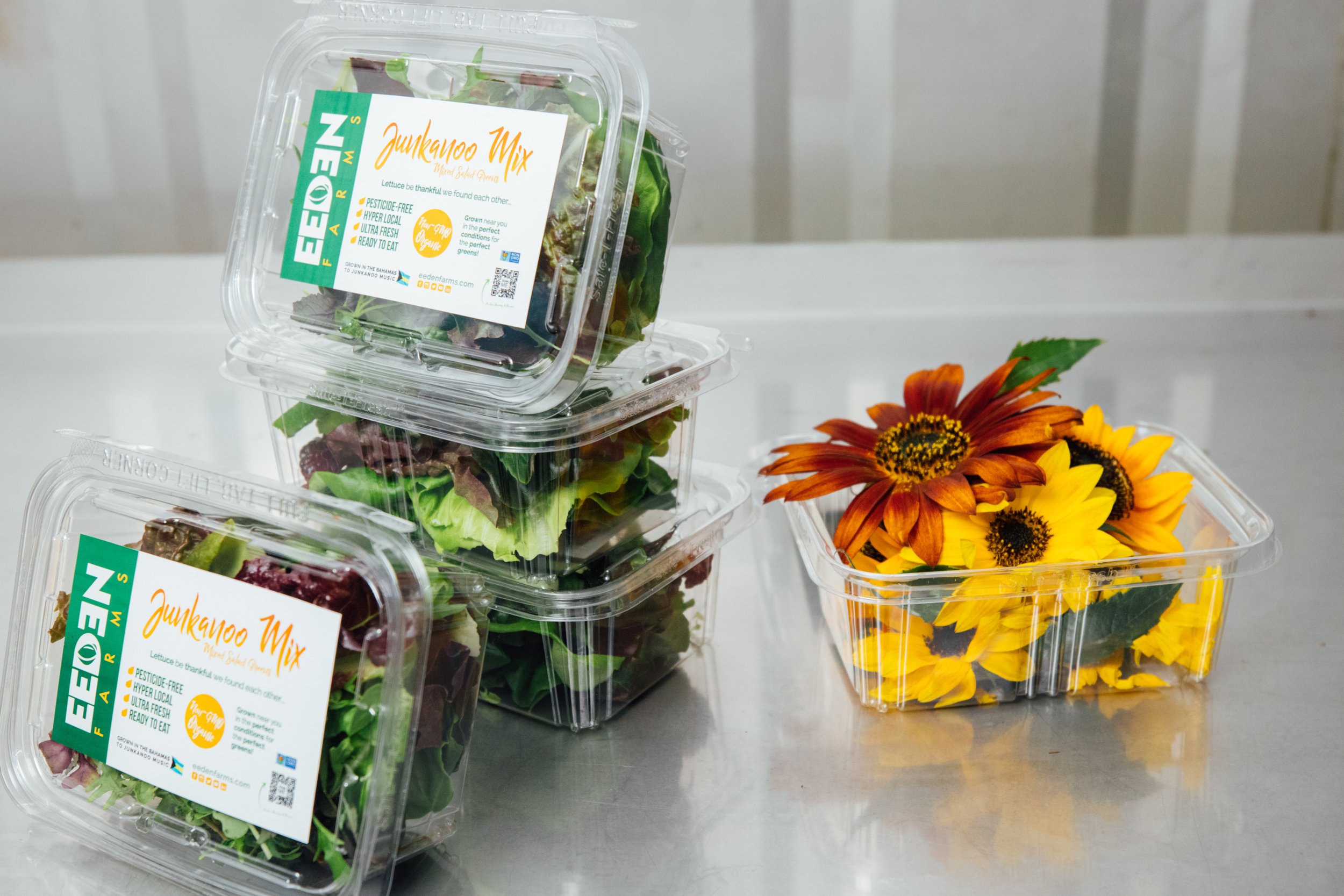As a food products manufacturer, you likely want to keep your products fresh for the longest period. This requires research into food packaging options that extend the shelf life of your products. They have to last through warehousing, transportation, and for some time on the shelves of your distributors. Therefore, these are some tips to help you keep your products fresh.
Using Mylar
When you search for custom flexible packaging, consider mylar options. These products keep moisture and oxygen out of the food they protect. They also have multiple layers, including a foil layer, that eliminates light contamination, while the plastic layers are waterproof. These products are tough and puncture-resistant as well.
Intelligent Packaging
Intelligent packaging monitors the freshness of the food inside the package and adjusts to improve its quality. You simply insert these devices or substances during the packaging process. They may absorb moisture and odors and release antioxidants or flavor enhancers. They can also monitor temperature, freshness, pH and food quality.
To reduce food waste, this technology communicates via QR codes and RFID tags, among other options, to share quality and freshness information. Although they add to the cost of your packaging, these options can reduce food waste, save you money, and improve customer satisfaction.
Internal Environment
The environment inside your packaging is just as important as keeping things out. Many manufacturers have adopted technologies that replace oxygen with safe gasses to reduce spoilage. Aerobic bacteria, mold, fungus, and oxidation occur in oxygen-rich areas, but they cannot grow in areas filled with carbon dioxide or nitrogen gas. By replacing oxygen with other gasses, you can extend the shelf life of your products. It also makes them appear, taste, smell, and feel better.
Flexible Food
Although cost may be a consideration in your flexible food packaging, you probably know that some shapes and sizes can impact shelf life as well as save you money. It is typically better to choose options that fit your products perfectly. You can change the shape to stand out from your competition, but avoid packaging that adds a lot of air or bulk to your products. Choose a variety of options, such as stand-up, lay-flat, single-use, and other packages that reduce volume and open and close easily.
This keeps your products fresher and reduces your transportation and storage costs.
Packaging Practices
Your packaging process should ensure that your food is safe. You should provide and maintain high food quality throughout your packaging process as well. You need an efficient and effective manufacturing and packaging strategy with food-grade equipment and supplies. Your facilities should have the highest standard of cleanliness, and your staff should have exceptional hygiene.
You need to control your facility temperature to prevent spoilage during the process. In addition, you should watch your packaging factors, including the gas and vacuum system you use. You should also test the integrity of your package seals through various types of inspection, including visual and leak detection. Your quality control initiatives need to be exceptional to extend the shelf life of your food products and prevent negative consequences, such as recalls and complaints.
As you investigate your packaging options, including custom mylar bags, consider the factors that cause food spoilage and how to address them.



